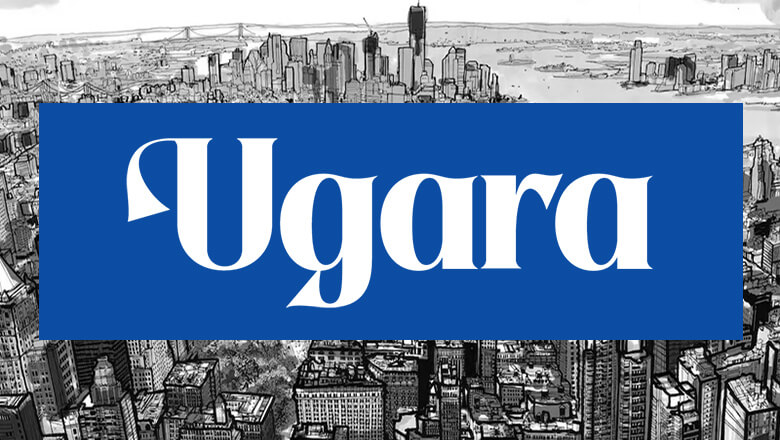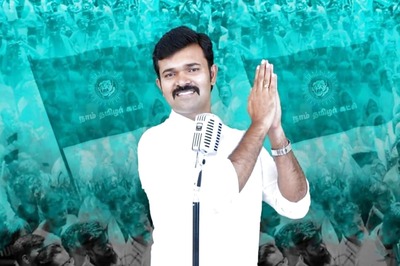
views
window._taboola = window._taboola || [];_taboola.push({mode: 'thumbnails-a', container: 'taboola-below-article-thumbnails', placement: 'Below Article Thumbnails', target_type: 'mix' });Latest News
As representatives of government and business from around the world descended on Kochi to attend the Emerging Kerala summit, work proceeds at a great pace on a mega project which is transforming Kochi into a cultural hub.
India’s first Biennale, the largest international contemporary art event ever to take place in the country, is being made possible thanks to a unique partnership between artists, state and central governments, the local business and art community and international cultural organisations.
The Kochi-Muziris Biennale has been granted the use of over 2.6 lakh square feet of mixed-use space by the local government, businesses and private land owners. This includes the Aspinwall House compound (1.6 lakh sq ft) and Pepper House (16,000 sq ft). These grand waterfront heritage properties, never before open to the public, are being prepared to host exhibitions of contemporary visual art from around the world, symposiums and educational workshops. The Durbar Hall in Ernakulam, David Hall in Fort Kochi and numerous other structures and public spaces are also on the map for this city-wide exhibition of art.
Recognising that fostering the arts is critical to social and economic progress, the local government, businesses and land owners have granted use of all venues free of cost to the Biennale, a not-for-profit event. The value is over Rs 6 crore in event space.
With venues in place artists from across India and the globe are travelling to Kochi, some for the first time, to survey the sites and develop proposals for site-specific projects. Already, artists from Australia, Afghanistan, United Arab Emirates, South Korea, Netherlands, Mumbai, Delhi and all over India have started work on art projects for the Biennale which opens to the public for three months from December.
“The Kochi-Muziris Biennale will be an exposition of the pluralism engendered by an unprecedented public-private engagement with the arts, creating an interface between global culture and the dynamic Indian present,” says Ranjit Hoskote, cultural theorist and curator, who curated the Indian pavilion at the Venice Biennale, 2011.
Riyas Komu, Director of Programmes, Kochi-Muziris Biennale, says “Kerala is undergoing a shift and the Biennale is symptomatic of Kerala’s readiness for change. Thanks to the support of the community the Biennale has secured spaces for art and invited artists from all over India and the world to reanimate these spaces for all to enjoy. This large-scale survey and celebration of contemporary art and thought is attracting new visitors and a new consideration of Kochi, a city that interacts culturally on a global scale.”
Bose Krishnamachari, Artistic Director, Kochi-Muziris Biennale, says “Kerala’s multicultural legacy makes it the right location for India’s first biennale. The Centre’s Ministry of Culture’s five-year plan states that ‘culture is necessary for providing the sustenance to the human existence and provide conditions for peaceful coexistence so necessary for economic growth.’ The private-public partnership and grassroots effort which is making this ambitious project possible is an example of Kerala’s thinking sustainably and for the long-term.”














Comments
0 comment